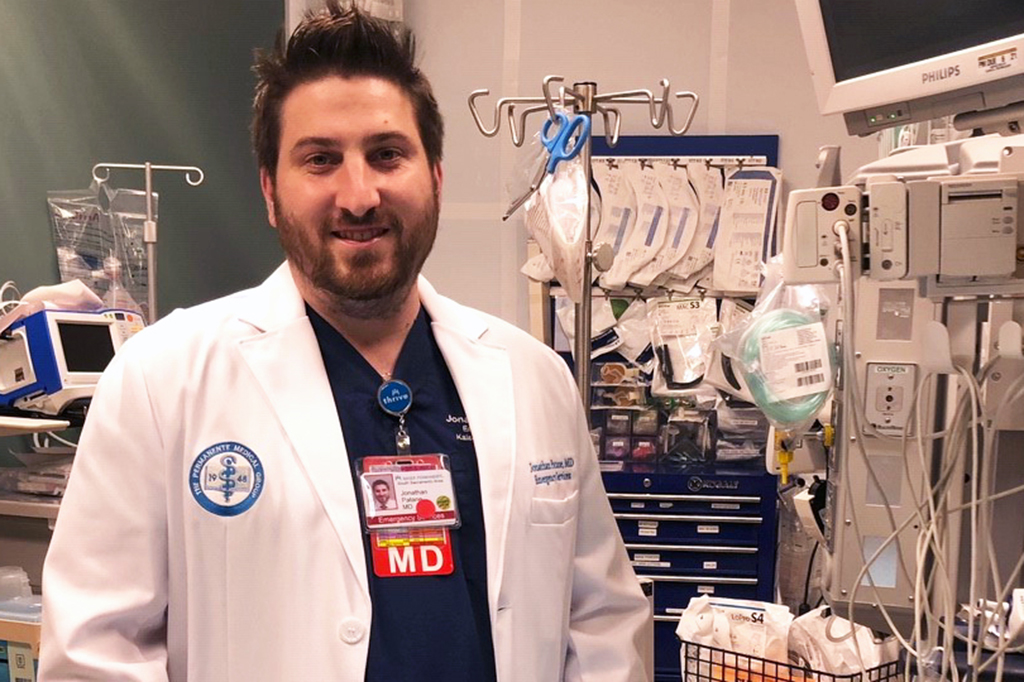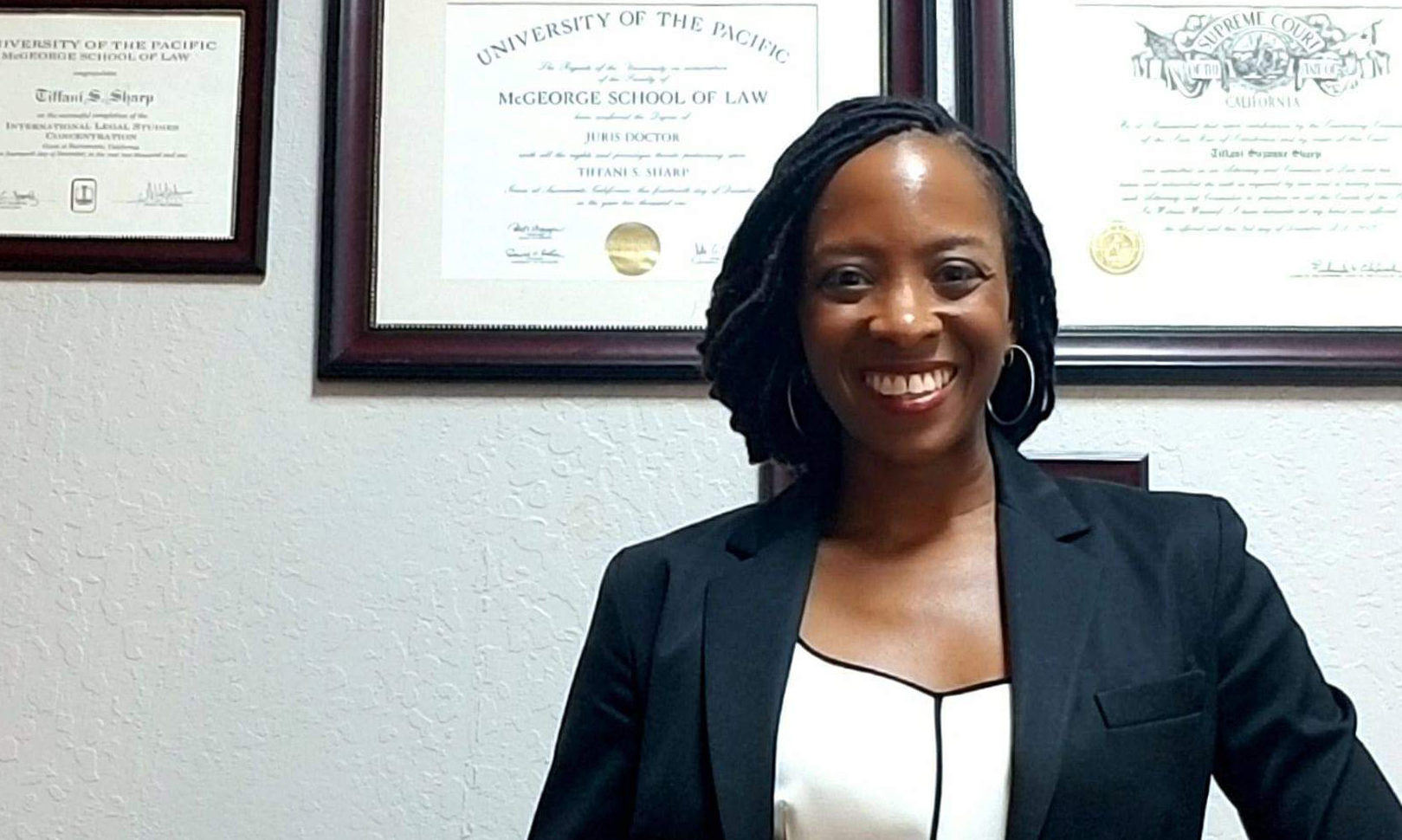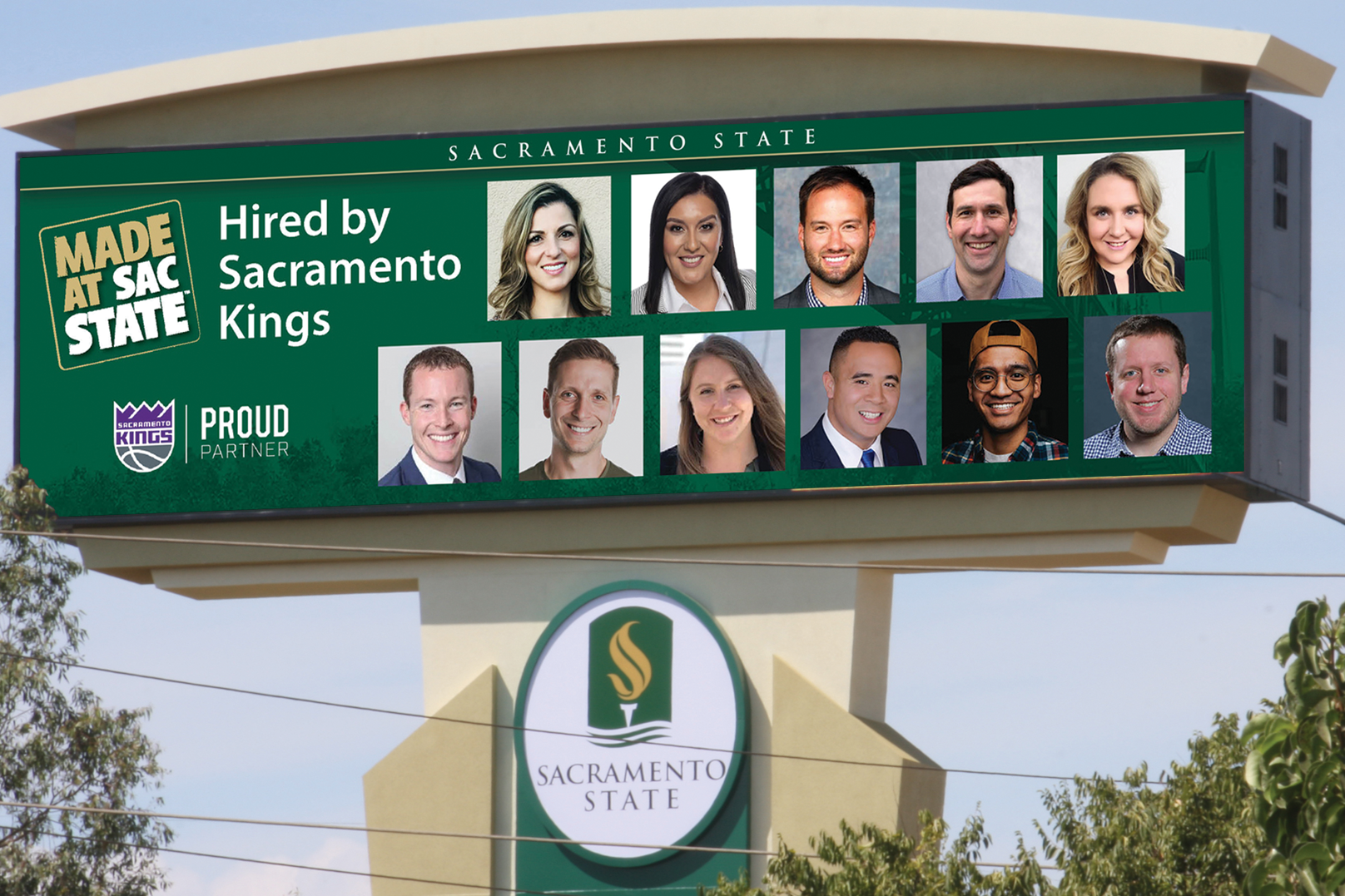Story Content
5 Questions with Sean de Guzman, California snow survey chief
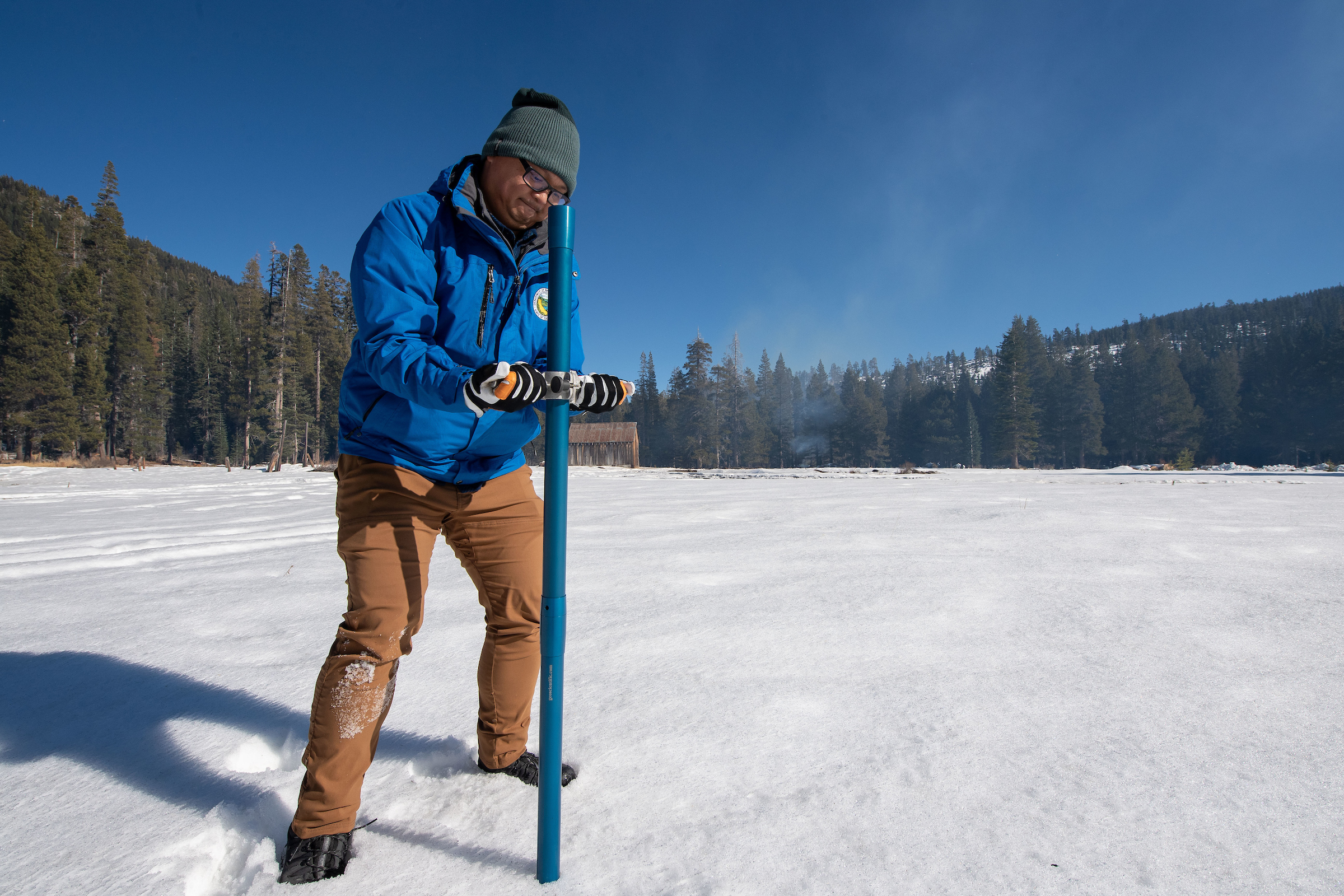
June 23, 2021
Sean de Guzman ’10, MS ’14 (Civil Engineering) likes that his 3-year-old daughter can understand what he does for a living.
“We measure snow and rain during the winter and the spring, and we use that to help figure out how much water will be available in the spring and summer,” said de Guzman, the chief of the California Department of Water Resources’ Snow Survey and Water Supply Forecasting Section.
“That's my job, as simple as it sounds, but there are so many different aspects to it.”
Many people might recognize de Guzman from periodic news segments from Phillips Station near Tahoe, the most accessible and high profile of the state’s 260 snow survey locations. It’s the one to which de Guzman gets to travel in a heated car, no skis or snowshoes required. Call it a perk of the job.
But, he says, the bulk of his work is done from the office and leads all of the other “many different aspects” that go into projecting just how much water Californians can expect each year from snow runoff. It’s a job that has become more challenging and critical as climate change has led to dramatic extremes in annual precipitation and the state faces a historic drought.
In addition to managing a team that treks to the often-remote snow survey locations, de Guzman oversees data collection, modeling, forecasting, and incorporation of new technologies – all of which help the department make recommendations to the policymakers who make decisions about water allocations.
A Rocklin native, de Guzman began working at the Department of Water Resources as an intern while a Sacramento State undergraduate, and was subsequently hired full time in 2011. Below, he talks about his time on campus and his current role.
Made at Sac State: Why did you decide to attend Sac State for both your undergraduate and graduate Engineering degrees?
Sean de Guzman: I didn't feel like I was actually ready to leave home, so instead of going straight to a CSU or UC, I actually enrolled in American River College and ended up completing most of my lower-division Engineering courses as well as most of my GE units in about a year. During that first year of college, I actually met quite a few working professional engineers in the industry here in the Sacramento area, and realized that most of them were actually Sacramento State alums. I started learning the difference between a more research-based institution versus something that's more (about) practical applications like Sacramento State is and the program there is. That's what made me realize Sac State was the right choice for me.
MASS: How do you feel Sac State prepared you for your career and for your current role?
de Guzman: A lot of the projects and assignments given at Sac State were group projects, and so you really had to focus on working on a team together. That's really helped, especially now, because we all work in teams and you’ve got to build up those relationships and you’ve got to work with any different personality and different backgrounds. So that really prepared me because you can go through a program and just work in a corner, but if you don't develop any of those people skills that Sac State helped me develop, I feel like that's really what has helped me: developing those people skills and working with real-life engineers while doing my undergrad.
MASS: Is there a project or assignment you remember that was particularly impactful or interesting – something emblematic of the kind of lesson that you're talking about?
de Guzman: In the Civil Engineering program, when you are in the last semester you do what's called a senior project and you get put into a project team. It’s maybe four to six other people in the program that are also graduating. Everyone has different skills and the situation you’re given is, this is your team, you can emulate and simulate that you are now an engineering consulting firm and you're trying to complete this project, this is your client, figure it out. They pair us up with different professional working engineers to guide us through that process, to make sure we're following the right steps, talking to the right people, things like that. You go through all the growing pains that any team goes through, and that was probably one of the coolest things to work on. You build a lot of that camaraderie.
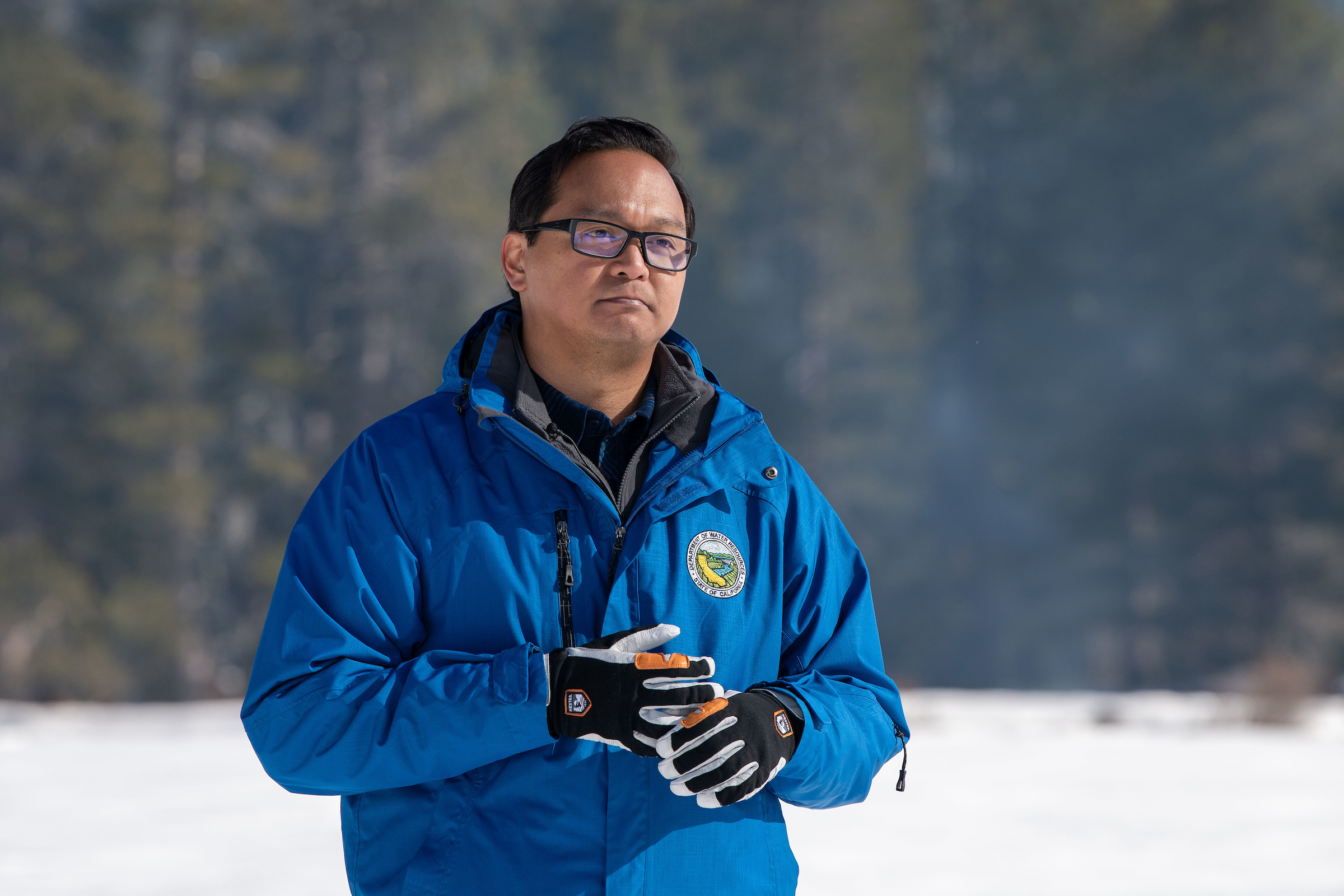
MASS: What’s the most challenging part of your job?
de Guzman: Right now with the ongoing drought, people figure, hey, there's no snow, your job’s really easy. It's actually quite the opposite. With no snow, we’ve still got to figure out how much water will eventually run off, so there's a lot of pressure to get it right and get it right as soon as possible. The most challenging part is trying to nail down a forecast. We start our forecasting process on Dec. 1, and imagine sitting on Dec. 1 trying to figure out how much water the state will have in any of its lakes going out all the way until Sept. 30 of the following year. That's a lot of pressure to try to figure out with not knowing how much rain or snow will even happen.
MASS: We're headed into a drought of potentially historic proportions. What can we learn from the snowpack so far this year, and what do you want people to know about climate change and what things are going to look like moving forward?
de Guzman: What we're seeing a lot more of is just greater variability year to year, and even month to month. What we like to tell people is that there is no normal anymore. We’re getting these big swings back and forth from year to year. We haven't had an average year in quite a while. Just in the last 10 years, we've had some of the driest years as well as some of the wettest years, so having to swing back and forth on the water supply side and the snowpack side, it's very difficult to plan for and to forecast. That puts increasing pressure on everyone that relies on the snowpack, anyone that uses it for water supply, any of the reservoir dam operators, anyone providing hydropower generation,. It affects everyone. That's definitely the hardest thing to deal with. Really the take-home message is that we always need to conserve, no matter what we're doing, whether it's wet or dry, we always need to conserve water, to make water conservation a way of life. One great thing is that, going back to before the previous drought from 2012 to 2016, Californians are actually conserving more water now than they were then, so we already have a head start, which is great. But we should still work at it and it's nothing we should ever give up.
